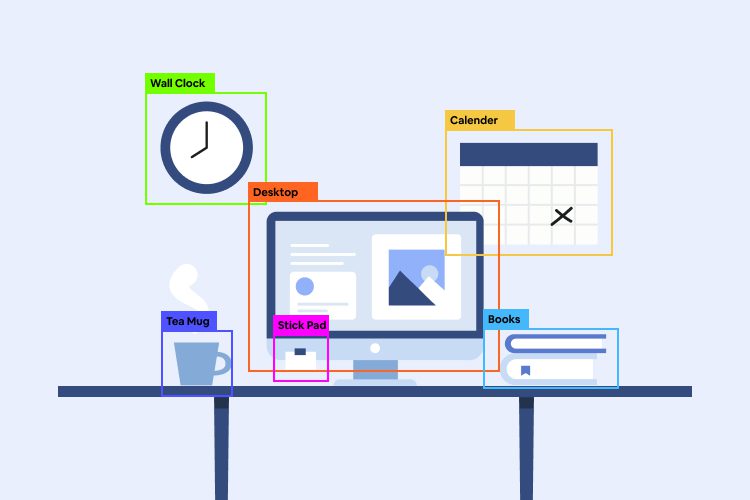
DeepLobeJune 7, 2021Artificial Intelligence , Computer Vision
Object detection has grown significantly over the years. Classifying and finding an unknown number of individual objects within an image or video is considered as one of the challenging and impossible tasks that becomes a solution beyond what is required for image classification. Object detection is primarily powered by deep learning and convolutional neural networks to locate and determine the class of each item discovered in an image. However, the model construction and progress have gone through a tough cycle of modulation. As a result, today we are witnessing applications of object detection in many different fields like real-time ball tracking in distinct sports, smart traffic management, a self-driving function of autonomous vehicles, etc.
After reading this post you will understand:
– How object detection differs from other computer vision applications?
– What are the best object detection algorithms?
– What are the problems that object detection is addressing?
– How can you leverage it for your business?
Object detection is one of the vital and widely used computer vision applications. And the object detection practice is mostly misunderstood with other computer vision tasks like object recognition or image recognition. So let’s understand more about objection detection.
A Gentle Introduction to Object Detection
Object detection broadly encompasses both image classification (predicting the class of one object in an image) as well as to object localization (identifying the location of one or more objects in an image). Object detection is performed using pre-trained algorithms to localize all the objects present in an image with bounding boxes and their types of classification as well.
For instance:
Input: An image with one or more objects as in the below photo.
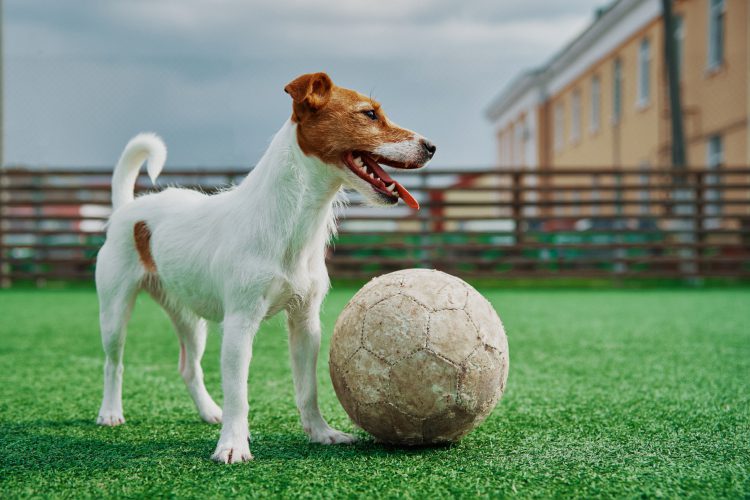
Output: one or more bounding boxes around the identified objects with a class label for each.
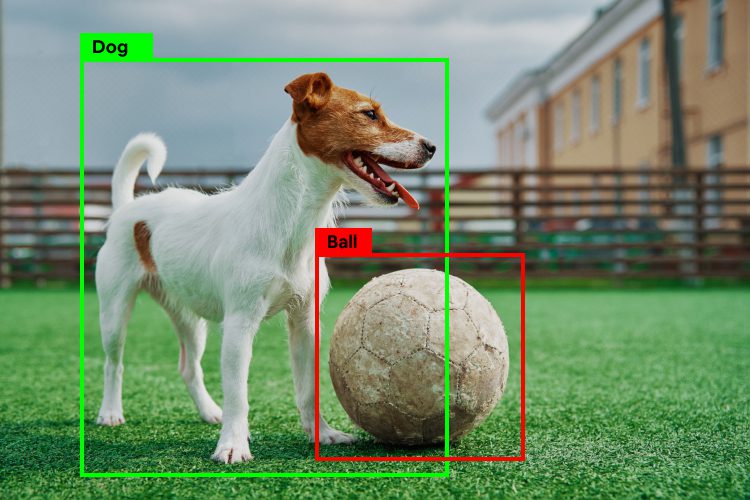
Whereas object recognition carries a suite of computer vision tasks like; image classification, object localization, object detection, and object segmentation. Object segmentation or semantic segmentation is instances of recognized objects indicated by highlighting the specific pixels of objects instead of a bounding box, like object detection.
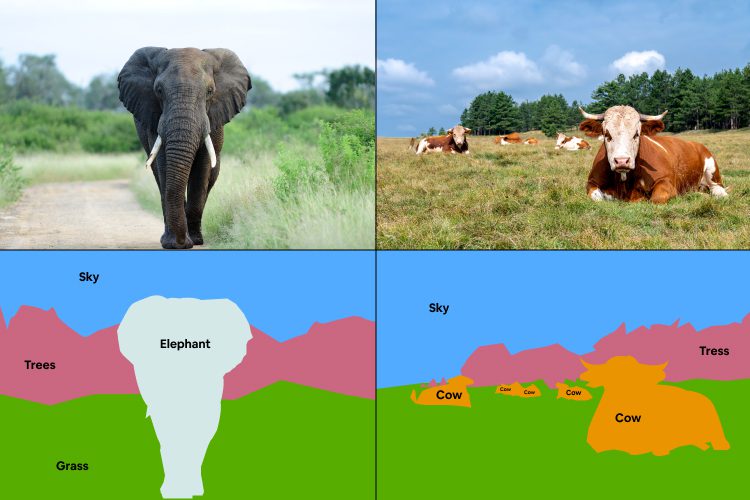
Object Detection vs Object Recognition
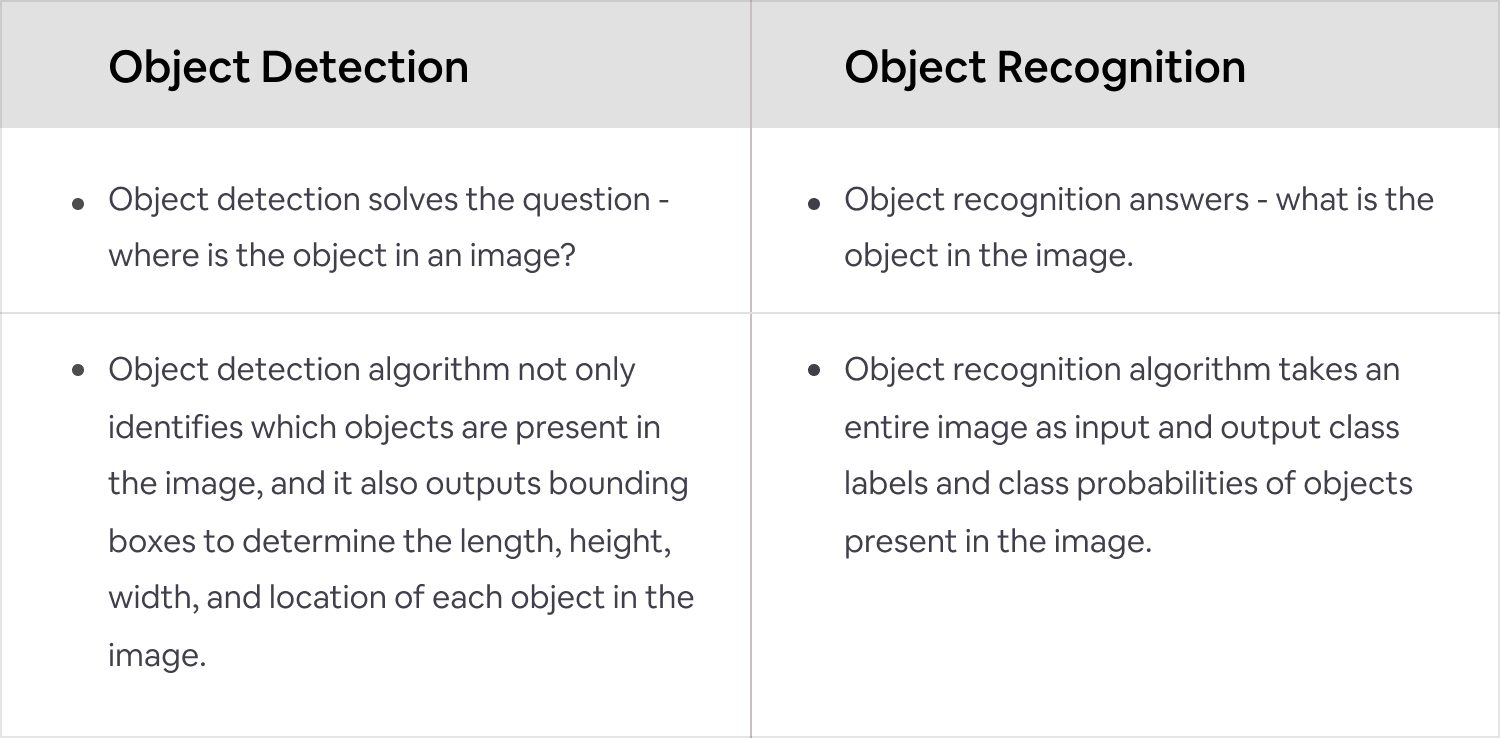
The Object Detection Algorithms To Work With
1. Region-based Convolutional Neural Networks (R-CNN)
Region-based convolutional neural networks are proposed to bypass the problem of selecting a huge number of regions at a time. Using this method, we can perform a selective search to extract just 2000 regions from an image called region proposals. So we can just work with these 2000 specified regions instead of trying to classify a huge number of regions. Further, region proposals are wrapped into a square and fed into CNN (an output dense layer consists of features extracted from the image). In the last stage, these features are fed in SVM to classify the presence of an object within an image.
2. Fast R-CNN
Fast R-CNN is the advanced version proposed to solve R-CNN’s challenges and build a faster object detection algorithm. While using Fast R-CNN, we feed the input image to the CNN to generate a convolutional feature map, and further, the identified region of proposals are wrapped into squares and fed into a fully connected layer to predict the class of the proposed region and its offset values.
3. Faster R-CNN
Faster R-CNN is the revised version of Fast R-CNN. The faster R-CNN uses “Region Proposal Network” (RPA) to eliminate the selective search algorithm and helps the network learn the regional proposals. The predicted region proposals are reshaped using an ROI pooling layer to classify the image within the proposed region and predict the offset values for the bounding boxes.
4. Region-based Fully Convolutional Network (R-FCN)
R-FCN is one of the efficient and accurate object detection algorithms. As a fully convolutional image classifier backbones, R-FCN shares almost all computation on the entire image to detect regions in full scale. Unlike the above-mentioned region-based detectors (fast/faster R-CNN) that use per-region subnetworks hundreds of times, R-FCN uses the latest residual networks for object detection.
5. Histogram of Oriented Gradients (HOG)
The HOG is a technique that counts the occurrences of gradient orientation in localized portions of an image to predict the possibility of containment of an object in an image.
6. YOLO (You Only Look Once)
YOLO is completely different from other object detection algorithms that use region-based plotting. This algorithm does not look at the complete image, instead, YOLO identifies the parts of the image which have high probabilities of containing the object. A single convolutional network predicts the bounding boxes and the class probabilities of these boxes.
7. Single Shot Detector (SSD)
SSD (single shot detector) takes only one single shot to detect multiple objects within the image. SSD is more fast compared to two-shot R-CNN-based approaches (like one for generating regional proposals and the other for detecting the object of each proposal).
8. Spatial Pyramid Pooling (SPP-net)
SSP-Net is a convolutional neural architecture that uses spatial pyramid pooling to remove the fixed-size constraint of the network. That is a CNN does not require a fixed-size input image, which allows variable size input image to CNN and can be used for classification and object detection.
What Makes Object Detection Unique?
Dual Nature
The nature of object detection application not only to classify objects in images but also to determine the objects’ positions at the same time. Dual priorities of object classification and localization resolve one of the major complications of object detection. The researchers address the issues with both misclassification and localization errors using a multi-task loss function.
Reliable and faster at real-time detection
Apart from accuracy and reliability, the efficiency of an object detection model has also been addressed in recent years. Identification and localization of objects within an image at a faster time not only improves real-time object detection tasks but also completes demands of video processing tasks. However, the researchers have seen a tradeoff between the speed and accuracy of object detection algorithms as they are completely dependent on the resolution of an image. And while choosing an object detection algorithm, a choice must be made in context depending on the priority of your objective, whether to achieve speed or accuracy.
Multiple feature maps
Most of the algorithms used in this practice have been designed to detect a single object class under a single object view, however, over time, the research has proposed a few advancements in the algorithms used to handle multiple views or larger pose variations by learning subclasses of a defined object.
Limited data
Efficiency is a concerning issue with any object detection system. As mentioned above the object detection object needs to be trained on a large scale to detect multiple classes of an object. Even though, using specialized algorithms can work well with limited data for defined models
Class imbalance
Class imbalance is a considerate issue for most classification applications, and this is also applicable to object detection. The recent innovative approach called focal loss improves the accuracy of the model by avoiding misclassifications. The replacement of traditional log loss with focal loss during misclassification penalizing can optimize loss function and resolve challenges with class imbalance.
Top Object Detection Practices You Should Know
The application of object detection is breaking into a wide range of enterprises. The use cases of object detection extend from security to computerized vehicle systems and machine investigation. Here are the top object detection real-life applications that you should know to automate and scale your enterprise outcomes.
1. Track and tracing objects
Advanced CNN frameworks are applied to track the objects in real-time to generate insights and make meaningful decisions in difficult situations. For instance, the application of object tracking in sports to trace ball movements during matches, tracing the swing of a cricket ball, tracking player movements in real-time.
![]()
2. Security and surveillance
We are in the world of digital transformation, and smart cities are one of the vital infrastructures of any technologically advanced nation. And security and surveillance in crowded places can be achieved with utmost scrutiny by performing simple computer-vision-based object detection tasks like people counting, automated CCTV surveillance, person detection, vehicle detection, etc.
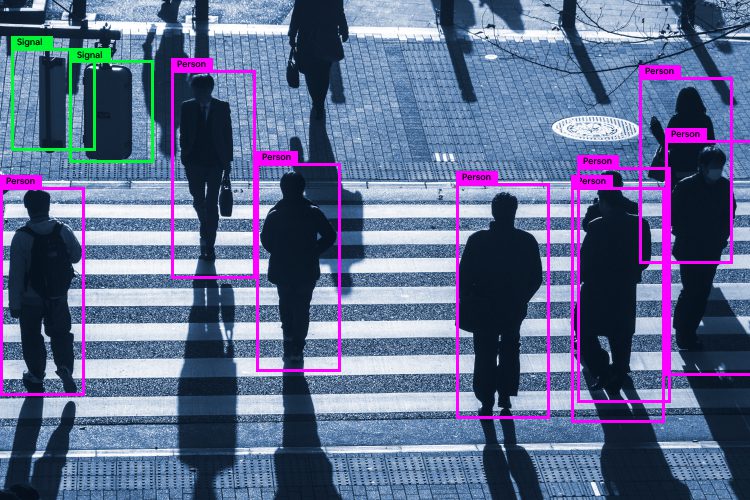
3. Traffic monitoring and management systems
AI-powered, computer-vision-assisted object detection widens the visibility of traffic monitoring systems and helps administration in making real-time decisions to deal with traffic congestion problems. For instance, automated signaling systems are the best example of how an object detection algorithm works. Apart from on-road traffic management, object detection also acts as a primary solution in resolving challenges with fleet management.
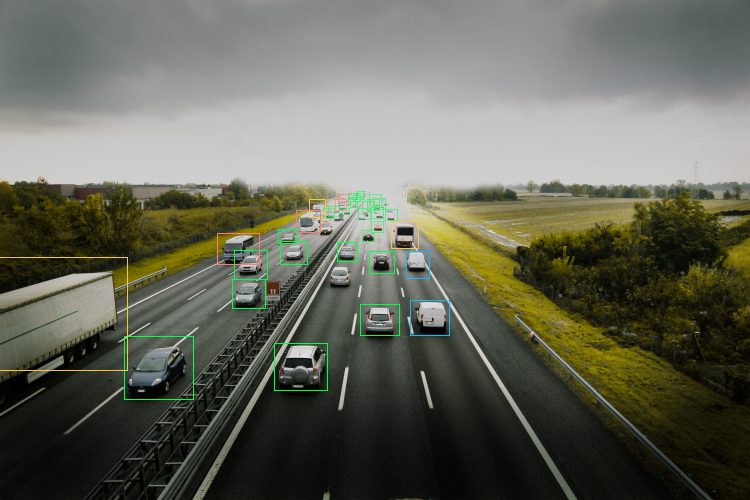
4. Self-driving vehicles
From automated cars to driverless public transportation, object detection is used for intelligent video surveillance to collect essential information and process the same data to plan and execute necessary actions for safe travel. The applications include lane changing, in-front object detection, traffic signal detection, and location, etc.
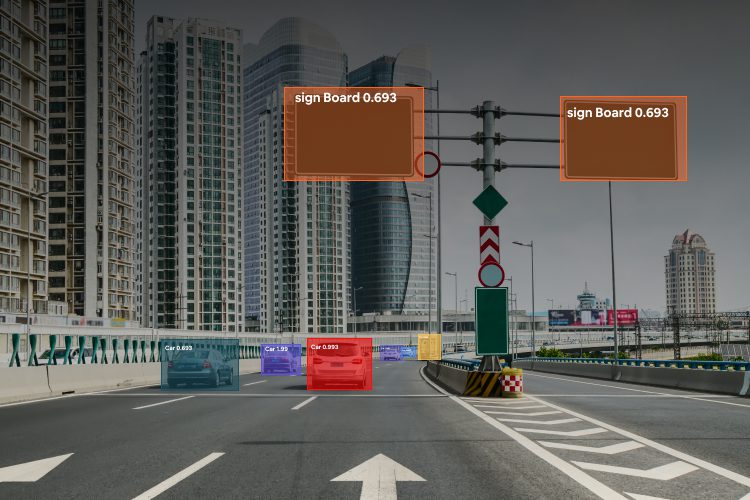
As we conclude, object detection has way more benefits than ever before. With the increasing availability and usage of high-tech computerizing machines, object detection algorithms can successfully run on most average software. The industrial application of object detection range from manufacturing, supply chain, to BFSI, and retail. The tremendous growth and increasing demand for this technology in recent years have widened the scope of businesses looking forward to its integration into their operations for high economic value. However, there are still a few challenges with this technology like open-world learning and active vision, object part relation, multi-modal detection, pixel-level detection, and more, although great progress and inestimable results are observed in the last few years through the integration of successful futuristic object detection algorithms.
DeepLobe team can potentially help in the commercial or industrial application of object detection algorithms. To know more about object detection or any other computer vision application, contact us for a free consultation.
